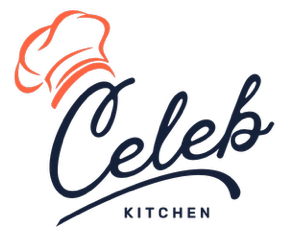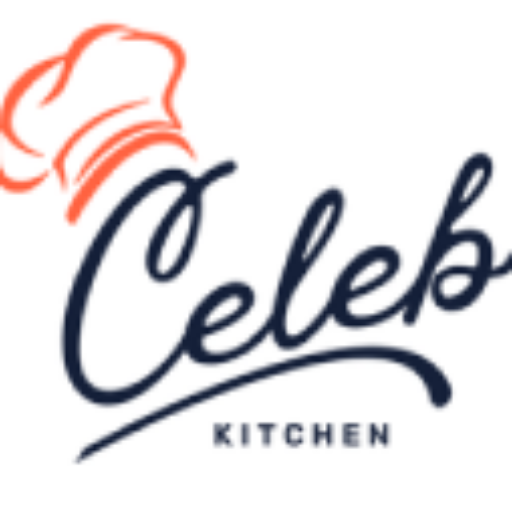If your pantry looks “normal” by American standards, you might be shocked to learn that some of your go-to foods contain ingredients banned in dozens of other countries. While Europe and others have outlawed these additives due to cancer risk, hormonal disruption, and neurological damage, U.S. regulators still allow them on shelves. Here’s what could be hiding in plain sight—and why you should care.
1. Artificial Food Dyes (Red 40, Yellow 5, Blue 1)
– Banned or restricted in Europe
– Linked to hyperactivity, behavioral issues, and possible carcinogenicity
– Found in cereals, candies, sports drinks, snacks
2. Potassium Bromate
– Banned in the EU, UK, Canada, and more
– Used to “bleach” bread and make it fluffier
– Considered a potential human carcinogen
– Found in white breads, rolls, pizza dough
3. rBGH/rBST (Growth Hormones in Dairy)
– Banned in the EU and several other countries
– Used to increase milk production in cows
– Linked to increased IGF-1 hormone in humans (possible cancer link)
– Found in conventional milk, cheese, yogurt
4. BHA and BHT (Preservatives)
– Used to extend shelf life of chips, cereals, gum
– Classified as “possibly carcinogenic” by the WHO
– Banned in parts of Europe and Japan
– Often found in packaged snack foods
5. Azodicarbonamide (a.k.a. The Yoga Mat Chemical)
– Banned in Europe and Australia
– Used as a dough conditioner in baked goods
– Also used in industrial plastics (like yoga mats)
– Linked to asthma and allergic reactions
Conclusion:
Just because it’s on American shelves doesn’t mean it’s safe. Many countries have taken a stand against these controversial additives—but here, they remain a part of daily diets. Read labels, shop smarter, and demand better from the food industry. Your health deserves more than what’s legally “allowed.”













